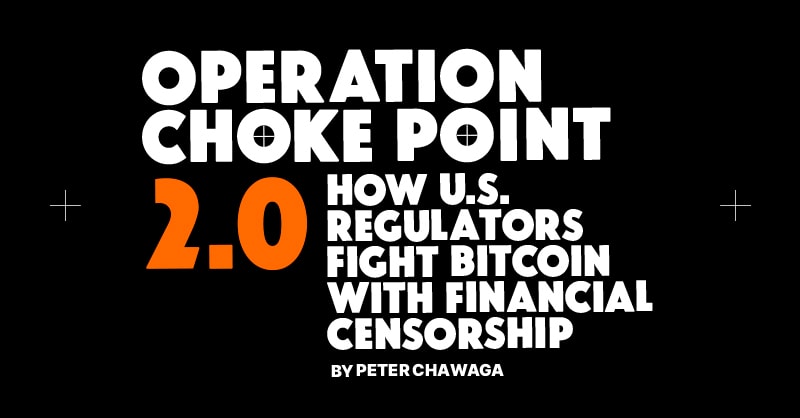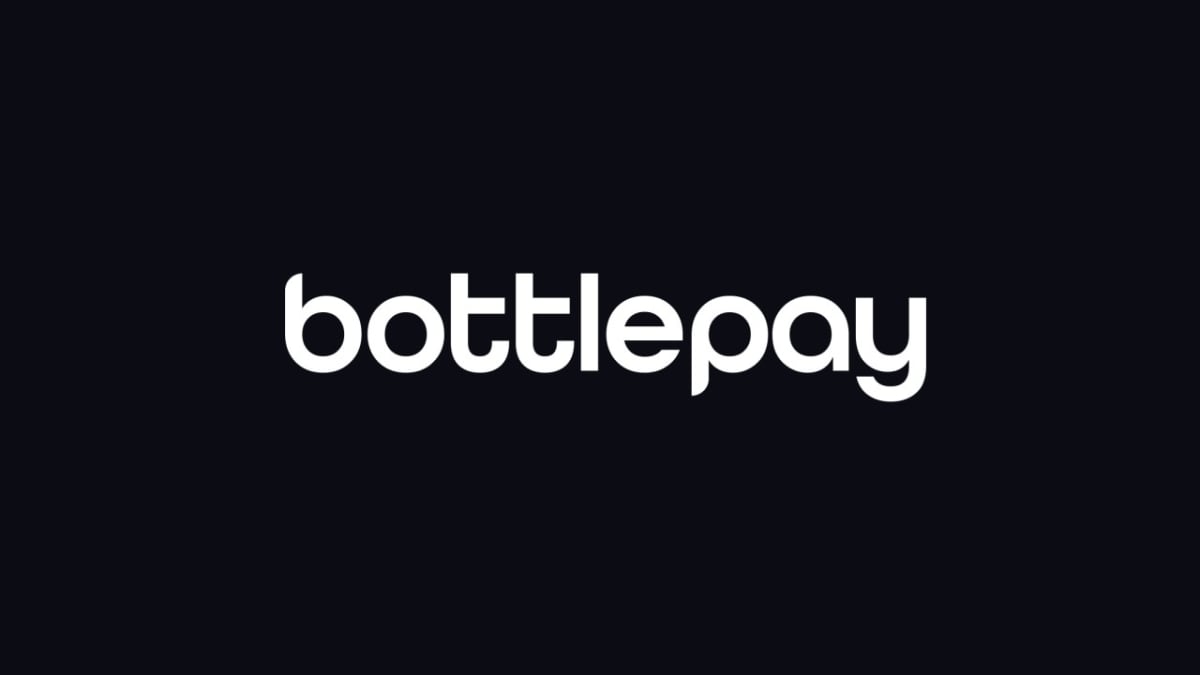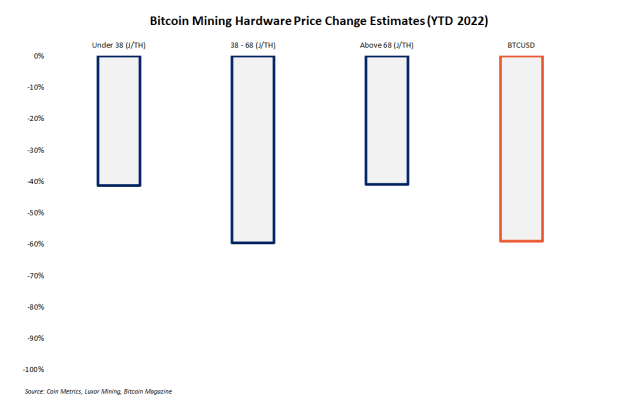Introduction
An exchange-traded fund (ETF) is a type of investment that tracks a specific asset or commodity, in this case, bitcoin. ETFs can be bought and sold on stock exchanges and brokerage accounts, with the custody of the underlying asset being held by the manager of the ETF. This allows for investors to get price exposure to bitcoin without having to worry about self-custody or figuring out how to use a bitcoin exchange. This would potentially give traditional investors peace of mind since they could purchase shares of a spot bitcoin ETF directly through their familiar brokerage accounts.
There are many types of Bitcoin ETFs available. The futures ETFs have had most success in being approved by the Securities and Exchange Commission (SEC) thus far, but these track futures contracts for the expected price of bitcoin at a later date. The contracts do not convey bitcoin ownership and the contracts must be settled or traded for new contracts as they approach expiration.
There are many proponents for a spot bitcoin ETF and numerous applications have been made and denied in the past. Reasons from the SEC included, not providing enough protection for investors and the public interest. While the SEC has not yet approved any spot bitcoin ETF applications, there are numerous bitcoin trusts that are currently on the market.
What Is The Difference Between A Bitcoin Trust And A Spot ETF?
Both ETFs and trusts offer exposure to Bitcoin without requiring investors to custody the Bitcoin, but they do so with different structures, pricing mechanisms, and levels of regulatory oversight.
Bitcoin Trust
A bitcoin trust is a private, closed-end fund that is invested exclusively in bitcoin. The trust’s shares are not redeemable, meaning they can’t be exchanged for the underlying bitcoin. The trust’s price can therefore deviate quite substantially from the value of the underlying asset it represents. The most notable examples of bitcoin trusts are MicroStrategy Bitcoin Trust (MSTR) and the Grayscale Bitcoin Trust (GBTC). Shares of a trust often trade at a premium or discount to the net asset value (NAV) of the underlying bitcoin. This is because the supply of trust shares is fixed and can’t be increased or decreased in response to market demand. Trusts like GBTC operate under the SEC’s Rule 144, which allows the public quotation of privately placed securities after a holding period. It’s not subject to the same regulatory oversight as ETFs.
Spot Bitcoin ETF
A Spot Bitcoin ETF is an open-end fund that can issue or redeem shares based on demand. It’s designed to closely track the spot price of Bitcoin. An ETF is traded on major exchanges, similar to stocks, and can be bought and sold throughout the trading day at prices that are in line with the underlying asset. ETFs allow for the creation and redemption of shares to meet demand. If the price of the ETF diverges from the underlying asset’s value, authorized participants can take advantage of arbitrage opportunities. This mechanism helps to keep the ETF price in line with the NAV of the underlying asset. ETFs are regulated investment products under the Investment Company Act of 1940, providing a higher level of regulatory oversight and consumer protection.
History Of Spot Bitcoin ETF Applications
The idea of a spot bitcoin ETF has been in the works for several years. Numerous proposals have been submitted to regulatory authorities, but as of yet, no spot bitcoin ETF has been approved for listing on a major stock exchange in the United States.
- Winklevoss Bitcoin Trust: proposed by Cameron and Tyler Winklevoss, July 2013; rejected by the SEC in March 2017 and a second application was rejected in June 2018.
- SolidX Bitcoin Fund: proposed by SolidX, July 2013; withdrawn in January 2019.
- VanEck SolidX Bitcoin Trust: proposed by VanEck and SolidX, June 2018; withdrawn in September 2019, refiled in January 2021.
- Bitwise Bitcoin ETF Trust: proposed by Bitwise, January 2019; rejected by the SEC in October 2019.
- United States Bitcoin and Treasury Investment Trust: proposed by Wilshire Phoenix, January 2019; rejected by the SEC in February 2020.
- Valkyrie Bitcoin Fund: proposed by Valkyrie, January 2021.
- Wise Origin Bitcoin Trust: proposed by Fidelity, March 2021.
- Bitwise Asset Management has filed for a physically-backed bitcoin ETF with NYSE Arca, October 2021
- BlockFi Files For Spot Bitcoin ETF Through A Joint Venture With Neuberger Berman, November 2021.
- Global X Bitcoin Trust: proposed by Chicago Board Options Exchange (CBOE) in August 2021; rejected by the SEC in March 2022.
- NYDIG Bitcoin ETF: proposed in June 2021; rejected by the SEC in March 2022.
- Skybridge Capital files for Bitcoin Spot ETF: filed in March 2022.
- Skybridge Capital applies for a spot ETF for the second time: applied in June 2022.
- Grayscale Investments Partners With Jane Street, Virtu Financial For Spot Bitcoin ETF: filed in June 2022.
- SEC approves BlackRock’s private Spot trust: August 2022.
A Wave Of Applications
On June 15, 2023, BlackRock filed an application for a spot bitcoin ETF. Their application included a new provision for surveillance-sharing agreements that would theoretically allow the company to detect fraud and manipulation in the bitcoin market.
BlackRock has a nearly perfect record of getting their ETF applications approved. Out of 576 applications, only 1 has been denied. This historical approval rate led a slew of other companies that had previously had their applications denied to refile in earnest.
Below are the filing details and deadlines for the eight companies who have pending applications with the SEC.
Why Has It Taken So Long For A Bitcoin Spot ETF Approval?
Spot bitcoin ETF applications have been denied by the SEC multiple times and from many different issuers. In the past, the SEC claimed that the reason applications were denied was because the issuer didn’t include a “surveillance-sharing agreement with a regulated market of significant size related to bitcoin.” The stated reason for agreement is in order to prevent market manipulation. The SEC claims these types of surveillance-sharing agreements allow for a thorough investigation should some type of market manipulation occur.
The recent onslaught of applications have come on the heels of BlackRock filing for the iShares Bitcoin Trust, which included a new provision for surveillance-sharing agreements. This new filing, paired with BlackRock’s near perfect record of ETF approvals, makes it seem like a favorable ruling is likely.
When Can We Expect The First Spot Bitcoin ETF To Go Live?
There is a promising timeline for when a spot bitcoin ETF might get approved. In the table above, there are specific deadlines by when the SEC must respond to each filing. ARK 21 Shares Bitcoin ETF was the first to recently file and the final decision deadline is January 10, 2024, but it’s possible that the SEC will make a decision at one of the earlier deadlines.
Additionally, Bloomberg Intelligence analysts James Seyffart and Eric Balchunas have increased their estimates for the approval and launch of a spot Bitcoin ETF in the U.S. this year to a 65% probability, up from their previous estimate of 50%.
The Potential Impact Of An Approved Spot Bitcoin ETF
The net effect of a Bitcoin ETF on Bitcoin is complex and can depend on a variety of factors, including regulatory decisions, investor behavior, as well as the dynamics of the broader cryptocurrency and traditional financial markets.
Many investors wonder how a spot bitcoin ETF will affect the market, bitcoin price, liquidity, adoption and demand. BlackRock’s iShares Bitcoin Trust is similar in structure to SPDR Gold Shares (GLD), the largest gold ETF by asset under management. Started in 2004, the ETF had over $1 billion in total asset value in the first few days and then hit $50 billion by 2010.
GLD is just one of a few large gold ETFs on the market. Total gold ETF products are estimated to have $220 billion in AUM. It’s not easy to separate the impact of a widely adopted gold ETF on gold’s price, but it’s clear that the ETFs, even accounting for only a small amount of gold supply, have had a significant impact on the market. The GLD ETF was a major shift in how investors could purchase gold and opened up gold buying to the masses while increasing gold market volumes and overall liquidity. The GLD ETF was a catalyst for a 350% rise over six years. Bitcoin could go through a similar shift once there is more regulatory clarity through the approval of a spot bitcoin ETF.
Is A Spot ETF Good For Bitcoin?
Many investors have been waiting on the sidelines for government agencies to provide regulatory clarity. It is likely that a spot bitcoin ETF approval will give investors confidence that bitcoin is a legitimate asset worth investing in. There are many benefits of a spot bitcoin ETF, but there are also some drawbacks.
Potential Benefits
- Market Legitimization: A spot Bitcoin ETF would help to further legitimize Bitcoin as a recognized asset class. This could increase its acceptance among traditional investors and financial institutions.
- Increased Liquidity: By opening up Bitcoin investment to a wider range of investors, a spot Bitcoin ETF could increase the liquidity of the Bitcoin market. This could reduce volatility and make price movements more predictable.
- Price Appreciation: The creation of a Bitcoin ETF could potentially lead to increased demand for Bitcoin, as the ETF provider would need to purchase actual Bitcoin to back the ETF shares. This could potentially drive up the price of Bitcoin.
- Transparency and Security: ETFs are subject to regulatory oversight which requires transparency and standardized reporting. This can provide more security and certainty to investors who might otherwise be wary of investing directly in Bitcoin.
- Ease of Access: A Bitcoin ETF allows investors to gain exposure to Bitcoin without having to buy it and manage a digital wallet directly. This significantly lowers the barriers to entry for institutional and less tech-savvy investors.
- Regulated Exposure: Since ETFs are regulated financial products, investing in a Bitcoin ETF provides exposure to the cryptocurrency market in a way that is compliant with securities laws, potentially reducing the risk of fraud or theft.
Potential Downsides Or Risks
- Market Manipulation: There are concerns that large holders of Bitcoin could potentially manipulate the price of Bitcoin to impact the value of the ETF, although this risk exists in the direct Bitcoin market as well.
- Regulatory Risks: The existence of a Bitcoin ETF would tie the Bitcoin market more closely to regulatory decisions. Negative regulatory actions or policies could adversely impact the value of the ETF and, by extension, Bitcoin’s price.
- Investment Displacement: Some investors may choose to invest in the ETF instead of buying Bitcoin directly, which could impact the dynamics of the direct Bitcoin market.
- Fees: ETFs come with management fees, which can eat into your returns over time. Direct ownership of Bitcoin does not have this issue, beyond transaction fees and potential costs for secure storage.
- Potential for Mispricing: While the aim of a Bitcoin ETF is to track the price of Bitcoin, in reality, the price of the ETF could diverge from the price of Bitcoin due to market forces. This can lead to situations where the ETF is overpriced or underpriced relative to the underlying asset.
- Lack of Ownership: When you buy a Bitcoin ETF, you don’t actually own the underlying Bitcoin. This means you won’t be able to use Bitcoin for transactions, and you don’t have the potential benefits of owning a decentralized digital asset.
Conclusion
Bitcoin held in self-custody is a revolutionary tool for financial freedom. That being said, a spot bitcoin ETF offers a regulated and accessible way for investors to gain exposure to bitcoin without having to navigate unfamiliar cryptocurrency exchanges or learn the complexities and security of self-custody. Additionally, some investors can only hold bitcoin via regulated financial offerings, like an ETF. In summary, this type of investment vehicle is inevitable for an asset that is gaining institutional adoption.









